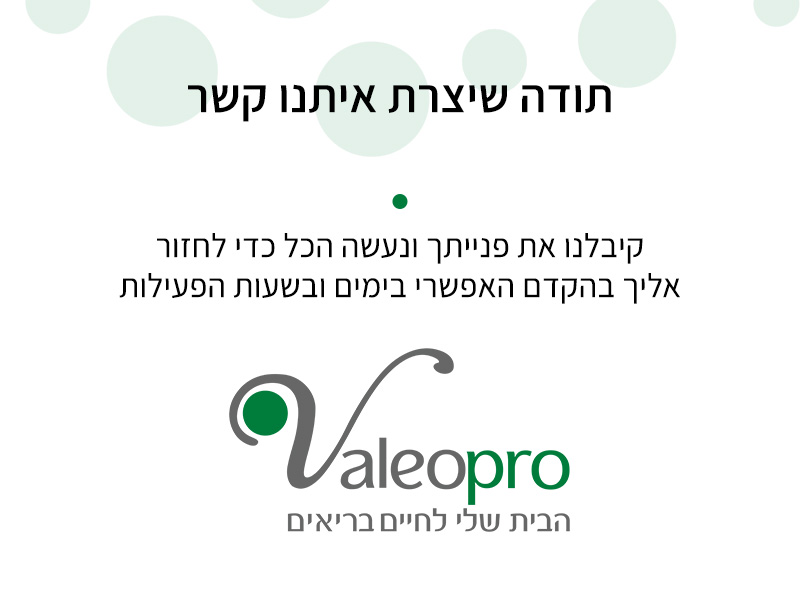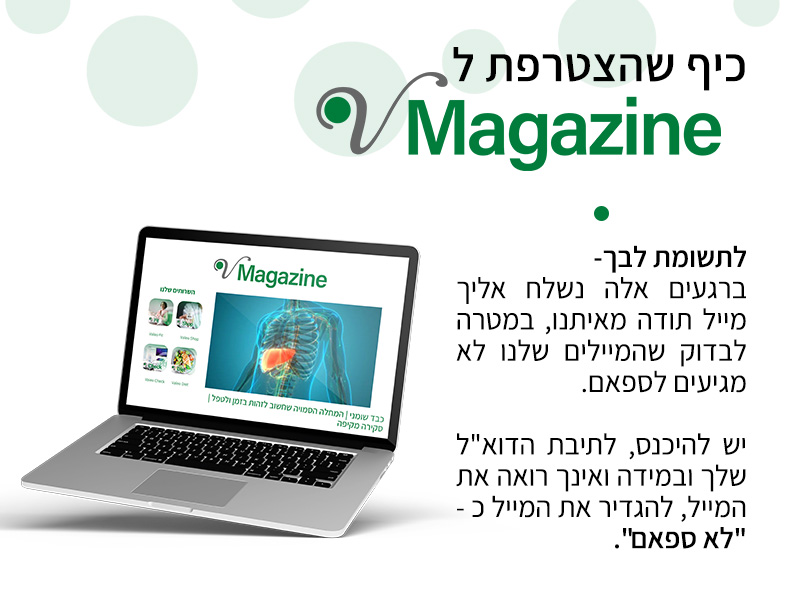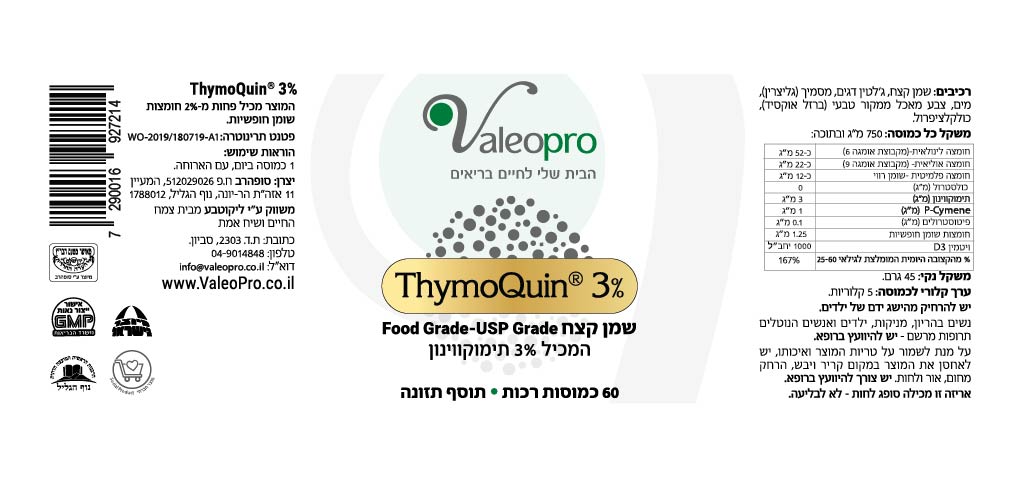משלוח מהיר חינם | שיחת ייעוץ נטורופתי ללא עלות
סרפד הינו עשב רב או חד שנתי (כתלות במין), הגדל באזורים רבים בעלי אקלים ממוזג ברחבי העולם. סרפד צורב גדל בר בישראל.
שם הסוג הבוטני (Urtica) נגזר מהמילה הלטינית uro, שפירושה ׳לשרוף׳. שם זה מתייחס לתחושה הצורבת במגע עור עם עלי סרפד טריים.
רכיבים פעילים עיקריים בעלים
פלבונואידים (1-2% סה״כ, ביניהם rutin, quercetin, kaemferol, isohamnetin), סטרולים, פנולים (chlorogenic acid, caffeic acid), קומרינים (scopoletin), קרוטנואידים (lutein, β-carotene, xanthophylls, violaxanthin, lycopene), כלורופיל (0.3-1% בצמח היבש), מינרלים (כ- 1-4% צורן/סיליקון, 0.6-3.7% אשלגן), ויטמינים (C, B2, B5, K1).
פעילות רפואית מוכחת מחקרית:
משתן (מטבולי, אוסמוטי), אלטרנטיבי, מפחית סוכר בדם, מכווץ, גלקטגוג, נוגד אלרגיה, נוגד דלקת, נוגד אנמיה.
מקורות מחקריים בעלים:
Mills S, Bone K. Principles and practice of Phytotherapy. Modern Herbal Medicine, 2ed. Churchill Livingstone, 2013. https://www.elsevier.com/books/principles-and-practice-of-phytotherapy/9780443069925
European Medicines Agency. Assessment report on Urtica dioica L., Urtica urens L., folium. Committee on Herbal Medicinal Products (HMPC). 14 January 2010. https://www.ema.europa.eu/en/documents/herbal-report/final-assessment-report-urtica-dioica-l-urtica-urens-l-folium_en.pdf
Edwards Jr EK, Edwards Sr. EK. Immediate and delayed hypersensitivity to the nettle plant. Contact Dermatitis. 1992;27(4):264–265. https://www.ncbi.nlm.nih.gov/pubmed/1451501
Anderson BE, Miller CJ, Adams DR. Stinging nettle dermatitis. Am J Contact Dermat 2003, 14(1):44-46. https://www.ncbi.nlm.nih.gov/pubmed/14744424
Oliver F, Amon EU, Breathnach A, et al. Contact urticaria due to the common stinging nettle (Urtica dioica)--histological, ultrastructural and pharmacological studies. Clin Exp Dermatol. 1991;16(1):1–7. https://www.ncbi.nlm.nih.gov/pubmed/2025924
Otles S, Yalcin B. Phenolic compounds analysis of root, stalk, and leaves of nettle. ScientificWorldJournal. 2012;2012:564367. https://www.ncbi.nlm.nih.gov/pmc/articles/PMC3349212/
Kenneth Taylor. Biological Flora of the British Isles: Urtica dioica L. Journal of Ecology, Volume 97, Issue 6, November 2009. Pages 1436–1458. https://www.researchgate.net/publication/229964927
Namazi N, Tarighat A, Bahrami A. The effect of hydro alcoholic nettle (Urtica dioica) extract on oxidative stress in patients with type 2 diabetes: a randomized double-blind clinical trial. Pak J Biol Sci. 2012 Jan 15;15(2):98-102. https://www.ncbi.nlm.nih.gov/pubmed/22545363
Uslu S, Bulbul A, Diler B, Bas EK, Nuhoglu A. Urticaria due to Urtica dioica in a neonate. Eur J Pediatr. 2011;170(3):401–403. https://www.ncbi.nlm.nih.gov/pubmed/20953796
Vega-Maray AM, Fernandez-Gonzalez D, Valencia-Barrera R, et al. Ann Allergy Asthma Immunol. 2006;97(3):343–349. https://www.researchgate.net/publication/6753723
Edgcumbe DP, McAuley D. Hypoglycaemia related to ingestion of a herbal remedy. Eur J Emerg Med. 2008;15(4):236–237. https://www.ncbi.nlm.nih.gov/pubmed/19078824
Sahin M, Yilmaz H, Gursoy A, Demirel AN, Tutuncu NB, Guvener ND. Gynaecomastia in a man and hyperoestrogenism in a woman due to ingestion of nettle (Urtica dioica). N Z Med J. 2007;120(1265):U2803. https://www.ncbi.nlm.nih.gov/pubmed/18264183
Brinker F. Herb Contraindications and Drug Interactions, 4th ed. Sandy (OR): Eclectic Medical Publications; 2010. https://www.eclecticherb.com/herb-contraindications-drug-interactions/
Miller LG. Herbal medicinals – selected clinical considerations focusing on known or potential drug-herb interactions. Arch. Intern. Med., 158:2200-2211, 1998. https://www.ncbi.nlm.nih.gov/pubmed/9818800
Randall C. Various therapeutic uses of Urtica. pp. 40-46 in (ed. Kavalali GM) Urtica – Therapeutic and nutritional Aspects of Stinging Nettles, Taylor & Francis, New York, N.Y., 2003.
De Smet PAGM et al. (eds.). Adverse Effects of Herb Drugs 2. Springer-Verlag, Berlin, 1993. https://www.springer.com/gp/book/9783540558002
Blumenthal M (ed.). The Complete German Commission E Monographs. Integrative Medicine Communications, Boston, Mass., 1998. http://cms.herbalgram.org/commissione/index.html?ts=1577141547&signature=8f2e7B6c5ef8a07bfaa31e6dea89c4cf
Gruenwald J, Brendler T, Jaenicke C (eds.). PDR for Herbal Medicines. Medical Economics Co., Inc., Montvale, NJ, 1998. https://naturalingredient.org/wp/wp-content/uploads/Pdr_for_Herbal_Medicines.pdf
Bnouham M, Merhfour FZ, Ziyyat A, et al. Antihyperglycemic activity of the aqueous extract of Urtica dioica. Fitoterapia. 2003;74(7–8):677–681. https://www.ncbi.nlm.nih.gov/pubmed/14630172
Tahri A, Yamani S, Legssyer A, Aziz M, Mekhfi H, Bnouham M, Ziyyat A. Acute diuretic, natriuretic and hypotensive effects of a continuous perfusion of aqueous extract of Urtica dioica in the rat. J Ethnopharmacol. 2000 Nov;73(1-2):95-100. https://www.ncbi.nlm.nih.gov/pubmed/11025144
Kianbakht S, Khalighi-Sigaroodi F, Dabaghian FH. Improved glycemic control in patients with advanced type 2 diabetes mellitus taking Urtica dioica leaf extract: a randomized double-blind placebo-controlled clinical trial. Clin Lab. 2013;59(9-10):1071-6. https://www.ncbi.nlm.nih.gov/pubmed/24273930
Chrubasik S, Enderlein W, Bauer R, et al. Evidence for antirheumatic effectiveness of herba Urticae dioicae in acute arthritis: A pilot study. Phytomed. 4(2):105-108, 1997. https://www.ncbi.nlm.nih.gov/pubmed/23195396
Ramm S, Hansen C. Brennesselblätter- Extract bei rheumatischen Beschwerden. Aktuelle Ergebnisse einer multizentrischen Anwendungsbeobachtung. Deutsche Apotheker Zeitung 1995, 135(39):3-8. https://jglobal.jst.go.jp/en/detail?JGLOBAL_ID=200902145291425569
Ramm S, Hansen C. Multizentrische Anwendungsbeobachtungen mit Rheuma-Hek Brennesselblätter- Extrakt bei Arthrose und rheumatoider Arthritis. Therapiewoche 1996, 28:3-6.
Ramm S, Hansen C. Arthrose: Brennesselblätter-Extrakt IDS 23 spart NSAR ein. Jatros Ortho 1997(1), 12:29-33.
Wolf F. Gonarthrose, Brennesselblättter-Extract IDS 23 in der Langzeitandwendung. Der Kassenarzt Deutsches Ärztemagazin 1998, 44:52-54.
Ozkol H, Musa D, Tuluce Y, Koyuncu I. Ameliorative influence of Urtica dioica L against cisplatin-induced toxicity in mice bearing Ehrlich ascites carcinoma. Drug Chem Toxicol. 2012;35:251-257. https://www.ncbi.nlm.nih.gov/pubmed/21939360
Finley PR. Drug Interactions with Lithium: An Update. Clin Pharmacokinet. 2016 Aug;55(8):925-41. https://www.ncbi.nlm.nih.gov/pubmed/26936045
Ben Salem C, Badreddine A, Fathallah N, Slim R, Hmouda H. Drug-induced hyperkalemia. Drug Saf. 2014 Sep;37(9):677-92. https://www.ncbi.nlm.nih.gov/pubmed/25047526
Corey RL, Rakela J. Complementary and alternative medicine: risks and special considerations in pretransplant and posttransplant patients. Nutr Clin Pract. 2014 Jun;29(3):322-31. https://www.ncbi.nlm.nih.gov/pubmed/24710858
Brinker F. The Toxicology of Botanical Medicines, 3rd ed. Eclectic Medical Pub., Sandy, Ore, 2000. https://www.eclecticherb.com/the-toxicology-of-botanical-medicines/
Brinker F. Botanical Medicine Research Summaries, from Eclectic Dispensatory of Botanical Therapeutics, vol. II. Eclectic Medical Pub., Sandy, Ore., 1995. https://www.eclecticherb.com/eclectic-dispensatory-of-botanical-therapeutics
Farnsworth NR, Bingel AS, Cordell GA, et al. Potential value of plants as sources of new antifertility agents I. J. Pharm. Sci., 64:535-598, 1975. https://www.ncbi.nlm.nih.gov/pubmed/167146
Paton DM. The contractile response of the isolated rat uterus to noradrenaline and 5-hydroxytryptamine. Eur. J. Pharmacol., 3:310-315, 1968. https://www.sciencedirect.com/science/article/pii/0014299968901131
Sharma BB, Varshney MD, Gupta DN, et al. Antifertility Screening of Plants. Part I. Effect of Ten Indigenous Plants on Early Pregnancy in Albino Rats. Int J Crude Drug Res. 1983;21(4):183–187. https://www.tandfonline.com/doi/abs/10.3109/13880208309070640
לקוחות יקרים, טופס זה מיועד לבקשה לביטול הזמנה בלבד.
במקרה של שינוי הזמנה, או כל נושא אחר לשירות לקוחות
יש לפנות בטלפון 04-9014848 שלוחה 2
אין בעיה!
אנחנו מחכים לך .
יש לשלוח את הטופס


